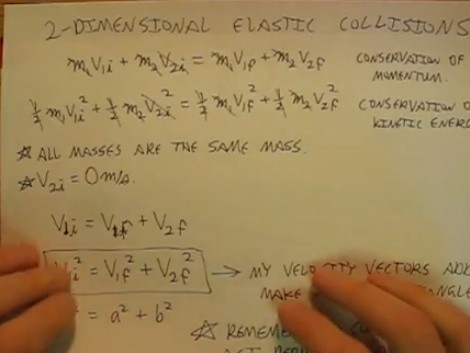What contact point? Can you take a laser pointer and put it on the contact point?
con·tact [kon-takt] Show IPA
noun
1.
the act or state of touching; a touching or meeting, as of two things or people.
I actually thought you were joking with posting this video.
Again, on paper with a protractor one can draw perfect lines. The diagram was in support of this.
Has actually nothing to with pool playing except that pool balls make excellent tools to show physics concepts.
If you are looking for a contact point and think you are looking at one then you are using visual interpolation to essentially feel your way into the shot. And there is nothing wrong with that if you are comfortable with your game using that method. However it is simply not right to assume that what you do is right for everyone else and
that any other method that is not contact point estimation What aiming does not involve contact estimation??? Contact is defined above!!!is essentially mumbo-jumbo.


